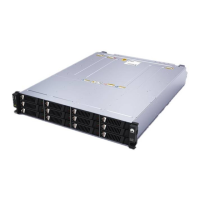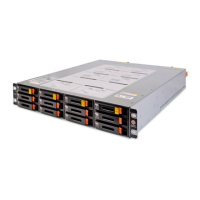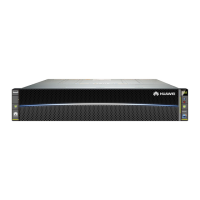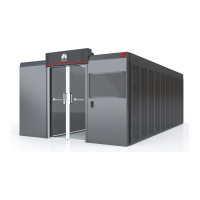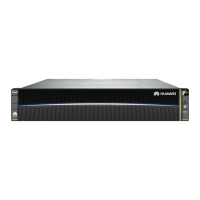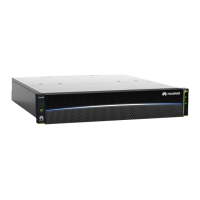Working Mode Description
Charge/Discharge based
on grid dispatch
– This mode applies to scheduling scenarios in
ground-mounted plants.
– In scheduled discharge, the AC output aims
to reach the target value of the scheduled
active power: PV power supply is prioritized.
If the PV power is
sucient, the system
outputs at the target value and the excess PV
power is used to charge the batteries. If the
PV power is
insucient, the batteries
supplies power.
– In scheduled charge, the AC output aims to
reach the target value of the scheduled
active power: If the battery charging power is
insucient or the PCS power is limited, the
grid supplies power. If the batteries have
excess power, PV power is used to charge the
batteries.
– If Working mode is set to TOU or Maximum self-consumption, ensure
that a power meter is correctly connected and Meter purpose is set to
Charge/Discharge based on grid dispatch.
– If you are not sure about the energy storage scenario, set Working mode
to Charge/Discharge based on grid dispatch. The SmartLogger controls
the charge and discharge of the ESS following dispatch instructions. If the
SmartLogger does not receive any dispatch instructions, it dispatches
energy with zero power.
– Set the working mode to Charge/Discharge based on grid dispatch.
Figure 8-11 Charge/Discharge based on grid dispatch
LUNA2000-2.0MWH Series Smart String ESS
User Manual 8 SmartLogger Web-based Deployment
Issue 08 (2022-11-15) Copyright © Huawei Technologies Co., Ltd. 166
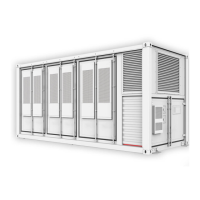
